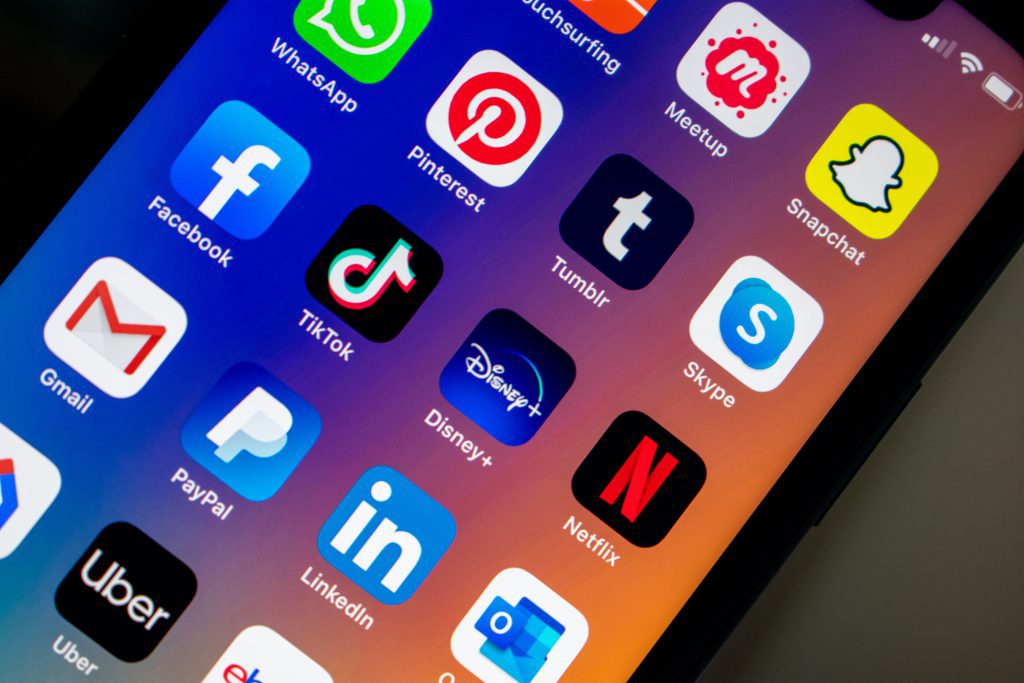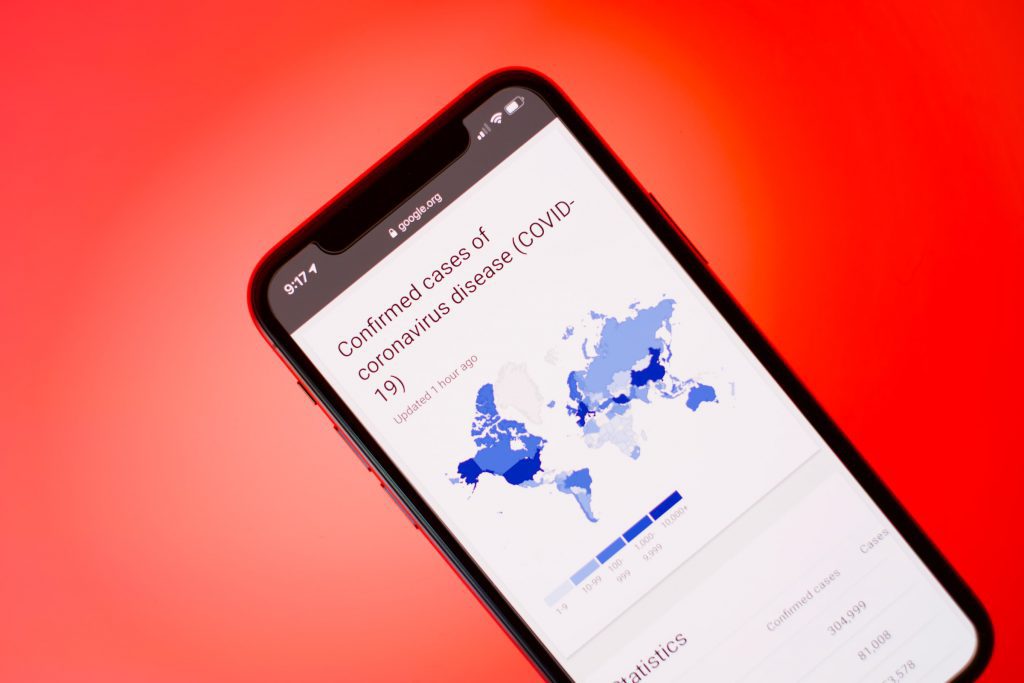At the start of 2020, many outlets shared their predictions on media habits in the year ahead. Kantar, for example, foresaw a battle between streaming platforms. Despite the accuracy of some of their predictions, no one anticipated the reality: a pandemic leading to quarantine in multiple countries across the globe. By mid-March, the UK was in lockdown and many businesses had no choice but to furlough their staff as they were forced to close.
During lockdown in the UK, residents were only permitted to leave their homes once per day for groceries or exercise – unless they were deemed an essential worker. The situation in the US was more varied, and in countries like India far more severe. Suddenly, a portion of the population spent much more time at home compared to their usual daily routines. Some faced the challenge of home-schooling children while working from home, while others had more free time than they knew what to do with.
So, how did this impact the way we consume media? Here are six ways the coronavirus lockdown of 2020 shaped our media consumption…
Swipe to unlock
As engagement with our mobile devices was no longer reserved for commutes and lunch breaks, there was an obvious spike in use. But the way we used our mobiles changed too, with a report from EE highlighting greater use of apps for communication, fitness and takeaway food throughout the lockdown period.
While people were no longer permitted to meet with their families and friends, they found new ways to stay in contact via their mobile device. Gyms closed their doors to millions of fitness enthusiasts, causing an increase in the use of fitness apps. On the flipside, leaving the house to buy groceries was less appealing in a virus outbreak, meaning more people were inclined to order takeaways.
The short-form mobile video creation app, TikTok, has also seen a huge increase in user engagement during this time, as families and couples looked for new ways to stay entertained. Hashtags like #LifeAtHome brought in over 2 billion views worldwide on the platform.

Lockdown and loaded
With an unexpected boost in free time, it was only natural to see a rise in popularity for video games. Those who usually reserved video games for just an hour of their downtime per day suddenly had free rein in how often and how long they could play.
Livestreaming platform Twitch experienced a 24% increase in viewership during the coronavirus confinement, as users had more time to tune into their favorite streamers playing video games live. It is also a possibility that those financially affected by the pandemic could no longer afford the video games they wanted to play and took to Twitch to watch others play them instead.
The Amazon-owned website also experienced a 3.3% jump in the number of new channels in March 2020, as occasional gamers turned their hobbies into a means to boost their income while on off work.
Breaking news
As the crisis began, people worldwide suddenly took a few greater interest in the news. After all, rarely had global current events and government policies made such a difference to day to day life in the Western world than when lockdown started. When UK Prime Minister Boris Johnson addressed the nation to announce a three-week lockdown period, over 27 million people tuned in. And this figure doesn’t include viewers watching on internet livestreams like YouTube and Amazon, so the true number could be even more astonishing. It far surpasses the estimated 16 million UK residents that watched the news coverage on the 1969 moon landing.
In the US, March saw an incredible 215% increase in time spent accessing global news on mobile devices. News coverage saw the biggest increase in viewership, edging out streaming services and broadcast TV. Perhaps the fact that the US locked-down later than many other countries contributed to this sudden surge of interest in overseas affairs and the handling of the pandemic elsewhere.
As people looked for facts, informational content – often containing nothing more than statistics – became more popular than ever. The clean presentation of black and white figures may well be a factor in the decline of media mistrust, with Cision’s 2020 State of the Media report showing that distrust of the media was down for a fourth successive year.

Like and subscribe
At the start of lockdown, schools closed their doors and parents were forced to care for their children whilst working from home. Without the support of childcare providers or extended family, many parents began looking for new ways to keep children entertained while they work. As a result, the viewership increased for Cocomelon, a children’s nursery rhyme YouTube channel.
Based on Cocomelon’s rise in views, the kids’ channel is now set to overtake even the highest-earning YouTube content creators in channel subscribers.
YouTube viewership increased in general during April 2020 too, with average daily time spent on YouTube jumping to 43 minutes and 7 seconds among adult visitors. Popular categories among viewers throughout lockdown were food and recipes, video games, and information as people looked for ways to stay connected, informed and entertained.
Binge-watching bonanza
Streaming services have seen an obvious increased viewership too, and Netflix saw 16 million new subscribers in the first three months of the year. As a direct result of home confinements, binge-watching television shows on streaming services was no longer a guilty pleasure, but a worldwide phenomenon.
For instance, the Tiger King documentary series reached a huge 64 million households across the world, as people sought light entertainment in the face of a gloomy reality.
Netflix also reported a surge in viewers of pandemic-related shows and films, representing the widespread need to fictionalize the reality of the coronavirus outbreak.
Tuned in
One of the less obvious ways the lockdown affected media consumption was how we listen to the radio. While radio listenership rose in general, radio advertising dropped 82% between 25th March – 17th May 2020. With fewer adverts and more free time, listeners were more likely to tune in for longer.
A report released by RAJAR also showed that speech and news stations were initially popular in the early lockdown period. But as government messaging changed from “Stay Home” to “Stay Alert” in late April, radio listening moved to music-based stations.
Lockdown wrapped up
No matter what the lockdown period meant for the type of media we consume, the statistics show that people across all generations were depending on their devices to get through it. With such a heavy reliance on staying connected, informed, and entertained by the media, it prompts us to reflect on how we would have coped with the lockdown without it.
As restrictions continue to ease, we wonder whether media consumption will revert to pre-pandemic levels. Perhaps quarantine life has taught us something about taking extra time to relax and take care of ourselves, regardless of what life throws our way.






